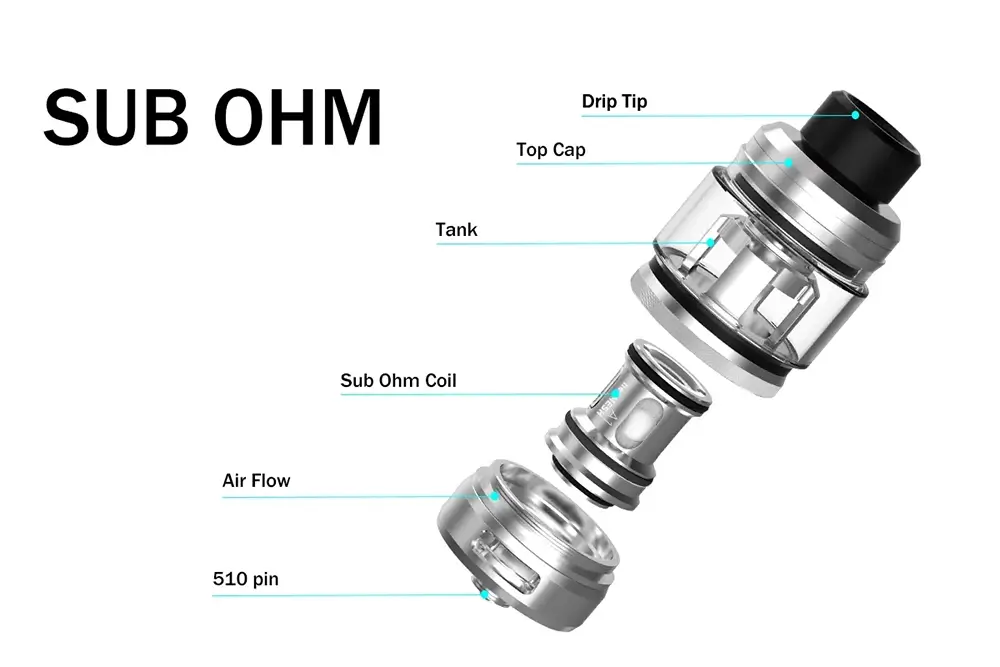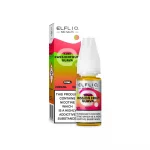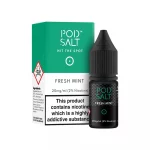Sub-ohm vaping has become increasingly popular among enthusiasts due to its ability to produce large clouds of vapor and intense flavor. However, many vapers may not fully understand the science behind this technique. In this article, we’ll delve into the mechanics of sub-ohm vaping, exploring how it works and its impact on the vaping experience.
Understanding Ohm’s Law
To comprehend sub-ohm vaping, it’s essential to grasp Ohm’s Law, which describes the relationship between voltage, current, and resistance in an electrical circuit. Ohm’s Law is represented by the formula V = I * R, where V is voltage, I is current, and R is resistance. In the context of vaping, resistance refers to the resistance of the coil measured in ohms.
Lower Resistance, Higher Current
Sub-ohm vaping involves using coils with a resistance of less than one ohm. By reducing the coil’s resistance, more current can flow through the circuit, resulting in increased power output to the coil. This higher power output leads to faster heating of the coil and vaporization of the e-liquid, ultimately producing larger clouds of vapor.
Increased Surface Area
Another key aspect of sub-ohm vaping is the use of coils with larger surface areas. Coils with more surface area come into contact with more e-liquid, allowing for more efficient vaporization and enhanced flavor production. Additionally, the increased surface area helps to dissipate heat more effectively, preventing the coil from overheating and prolonging its lifespan.
Adjustable Airflow
Many sub-ohm tanks and atomizers feature adjustable airflow systems, allowing vapers to customize their vaping experience. By adjusting the airflow, vapers can control the amount of air that mixes with the vapor, affecting both the flavor and cloud production. More airflow typically results in cooler vapor and larger clouds, while less airflow can intensify flavor and throat hit.
Battery Safety Considerations
Sub-ohm vaping requires higher power levels, which can place additional stress on the battery and device. It’s crucial to use high-quality batteries with sufficient amp limits to handle the increased current demands of sub-ohm coils safely. Additionally, vapers should always follow proper battery safety practices, such as using batteries with intact wraps and avoiding overcharging or over-discharging.
Conclusion
Sub-ohm vaping offers vapers a unique and immersive vaping experience, characterized by dense clouds of vapor and robust flavor profiles. By understanding the science behind sub-ohm vaping and following proper safety precautions, vapers can enjoy this advanced vaping technique safely and responsibly. Whether you’re a seasoned enthusiast or new to sub-ohm vaping, exploring the science behind this technique can deepen your appreciation for the art and craftsmanship of vaping.





